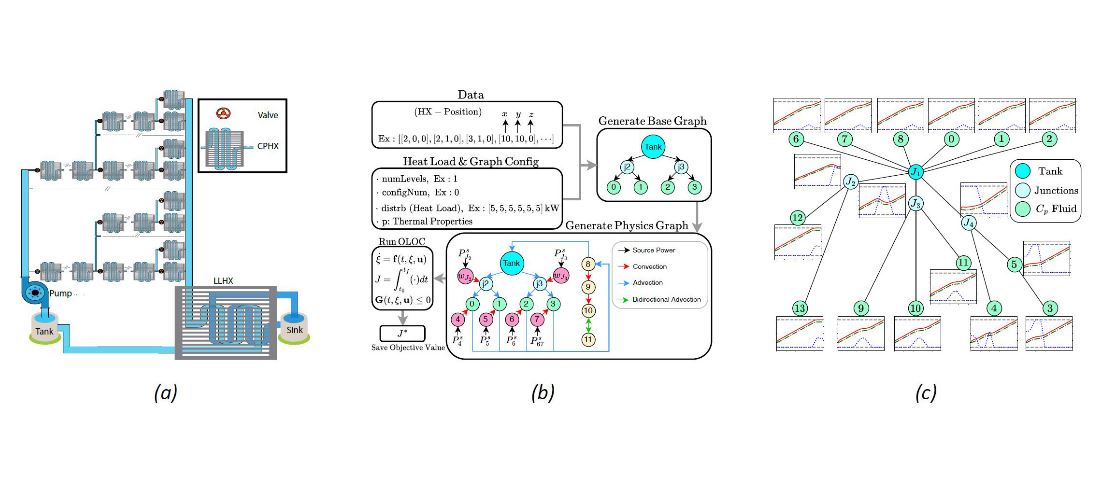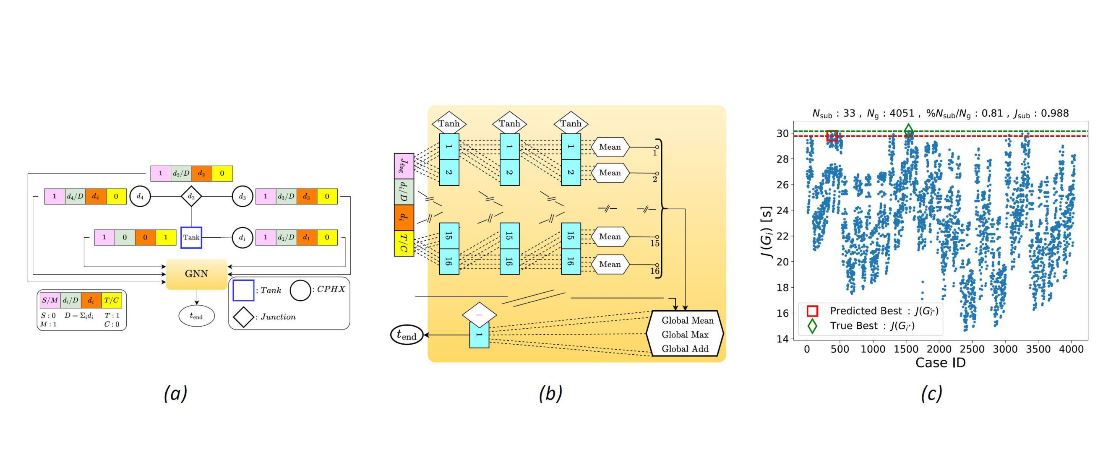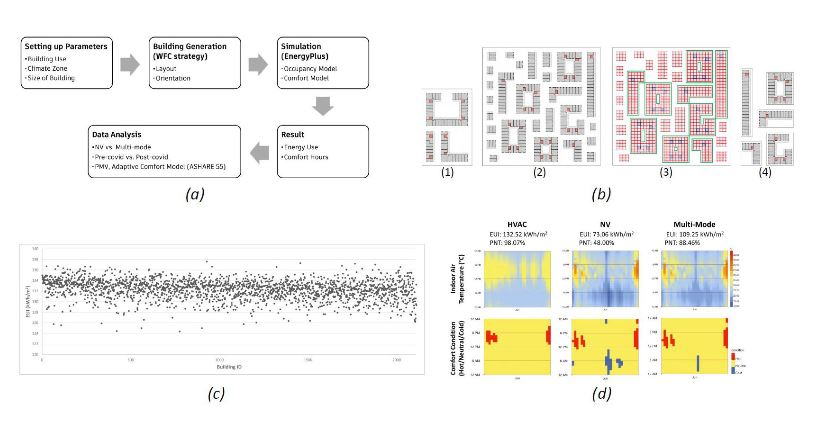Recently Published by Autodesk Researchers
Autodesk Research teams regularly contribute to peer-reviewed scientific journals and present at conferences around the world. Check out some recent publications from Autodesk Researchers.
Multi-split configuration design for fluid-based thermal management systems
High-power density systems require efficient cooling to maintain their thermal performance. But as systems get larger and more complex, human practice and insight may not be enough to determine the ideal thermal management system designs. In this paper, the team presents a framework for automatic architecture exploration for a class of single-phase, multi-split cooling systems where heat generation devices are clustered based on their spatial information, and flow-split are added only when required and at the location of heat devices. These architectures can be used for various applications in the domain of configuration design and the multi-split algorithm can produce configurations where splitting can occur at any of the vertices.
Leveraging Graph Neural Networks for Graph Regression and Effective Enumeration Reduction
This team developed a graph-based framework to represent various aspects of optimal thermal management system design, with the aim of rapidly and efficiently identifying optimal design candidates. The graph-based framework is used to generate diverse thermal management system architectures modeled under various loading conditions with an open-loop optimal controller employed to determine each system’s optimal performance. In the subsequent step, a Graph Neural Network (GNN) model is trained on 30% of the labeled data to predict the systems’ performance. With this trained model, the team estimated the performance values for the remaining 70% of the data, which serves as the test set. This targeted approach concentrates on evaluating higher-ranked designs identified by the GNN, replacing the exhaustive search (enumeration-based) of all design cases.
This research explores the benefits of incorporating natural ventilation (NV) simulation into a generative process of designing residential buildings to improve energy efficiency and indoor thermal comfort. The team’s proposed workflow uses the Wave Function Collapse algorithm to generate a diverse set of plausible floor plans. It also includes post-COVID occupant presence models while incorporating adaptive comfort models. The team conducted four sets of experiments using the workflow, and the simulated results suggest that multi-mode cooling strategies combining conventional air conditioning with NV can often significantly reduce energy use while introducing only slight reductions in thermal comfort.
Get in touch
Have we piqued your interest? Get in touch if you’d like to learn more about Autodesk Research, our projects, people, and potential collaboration opportunities
Contact us

